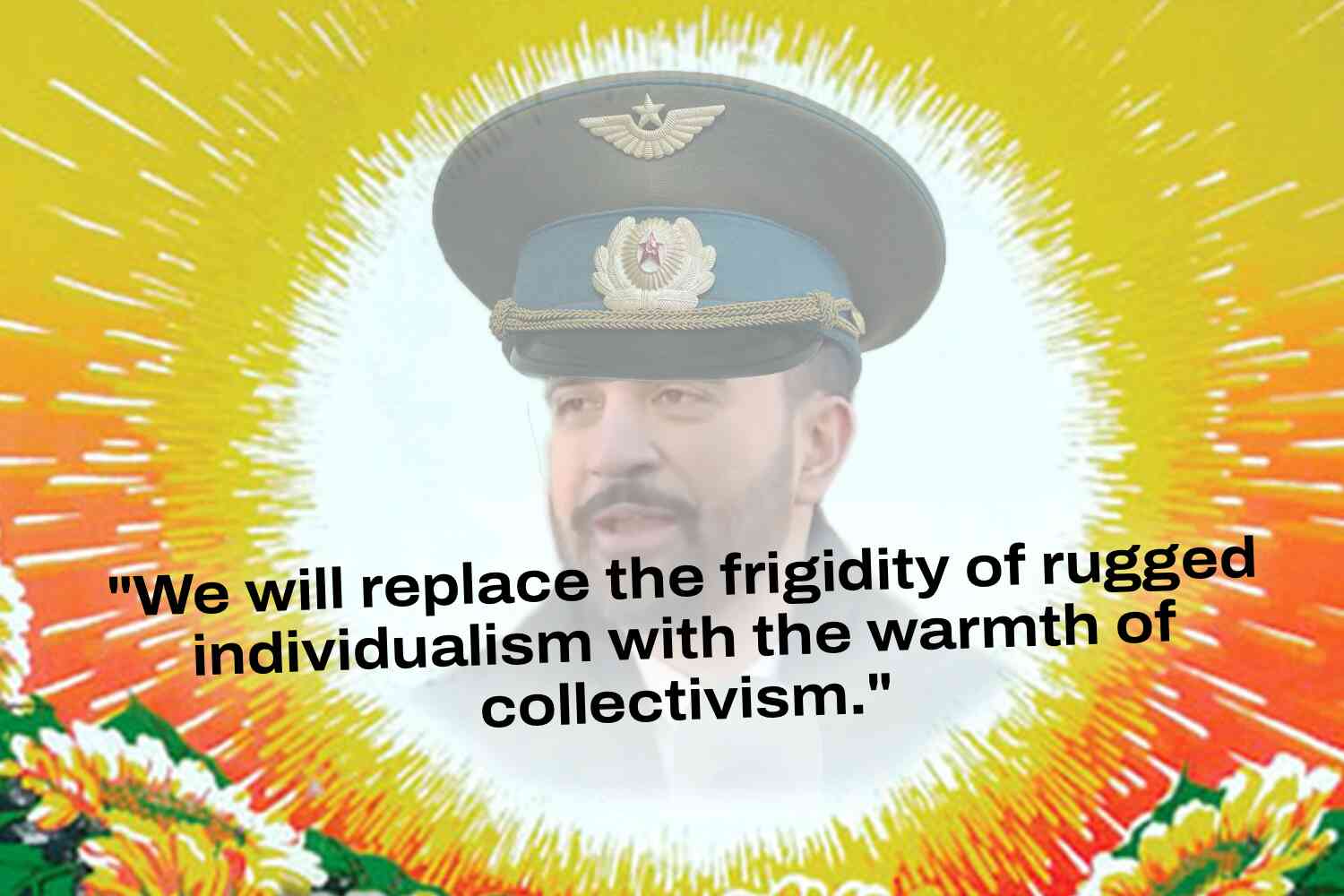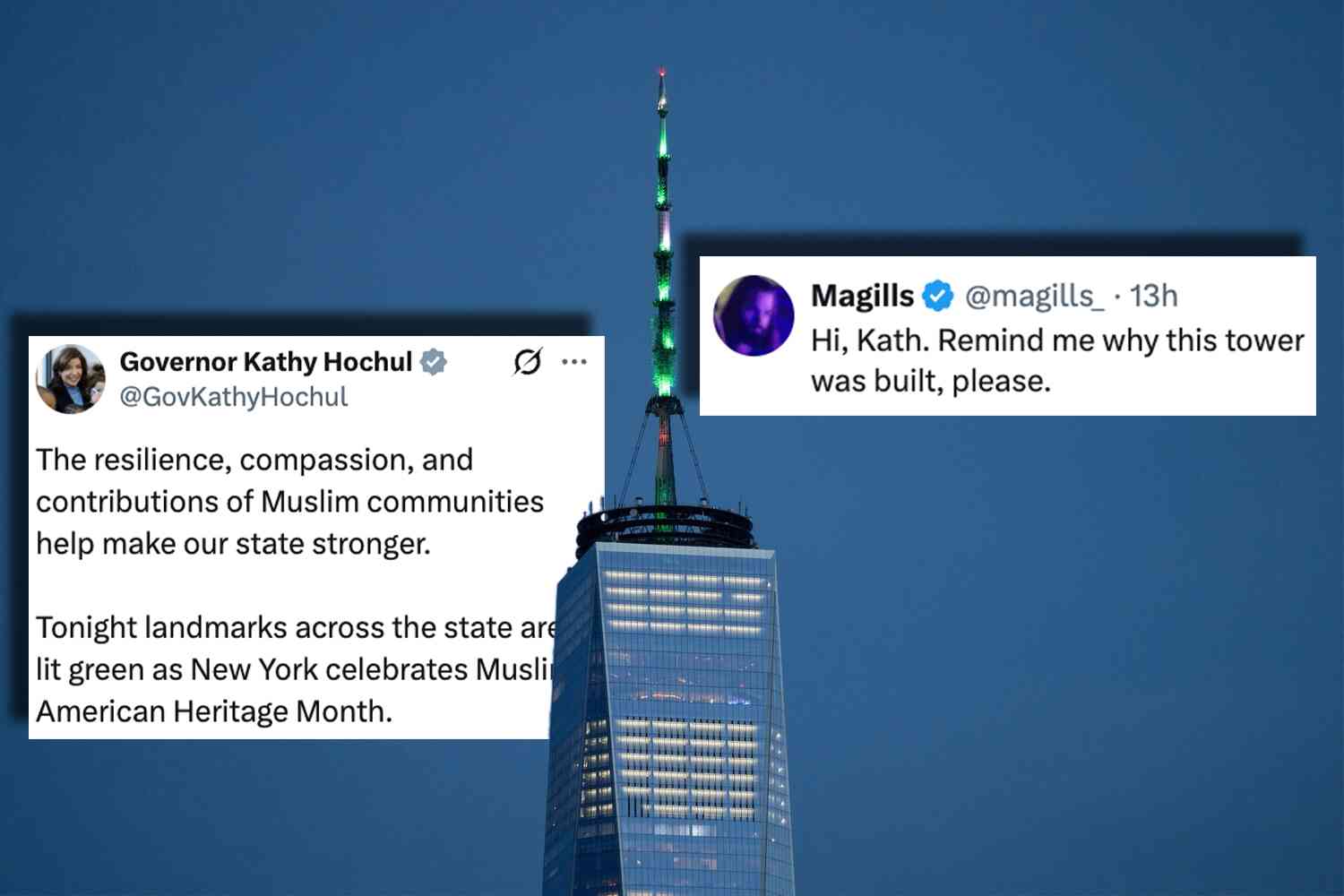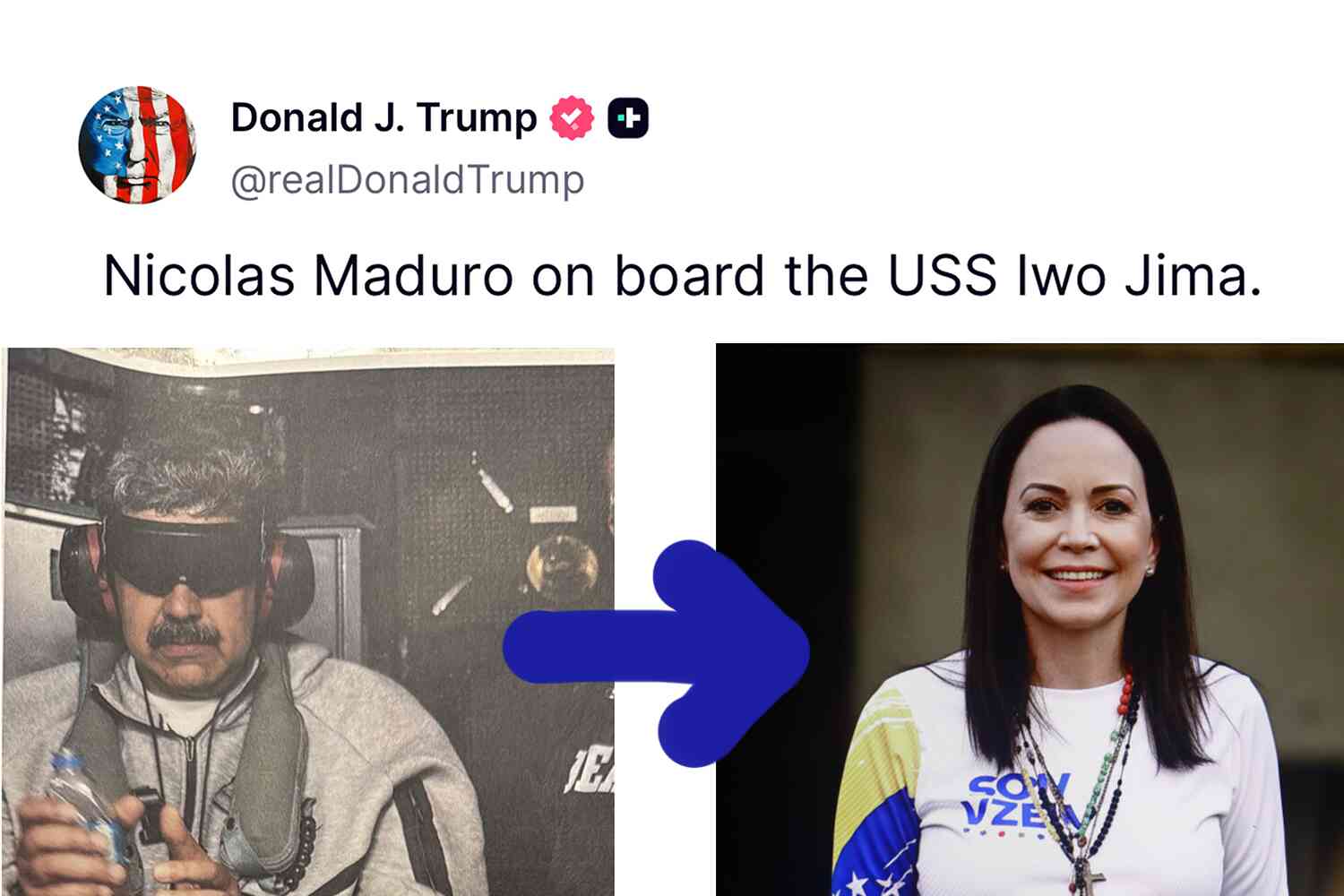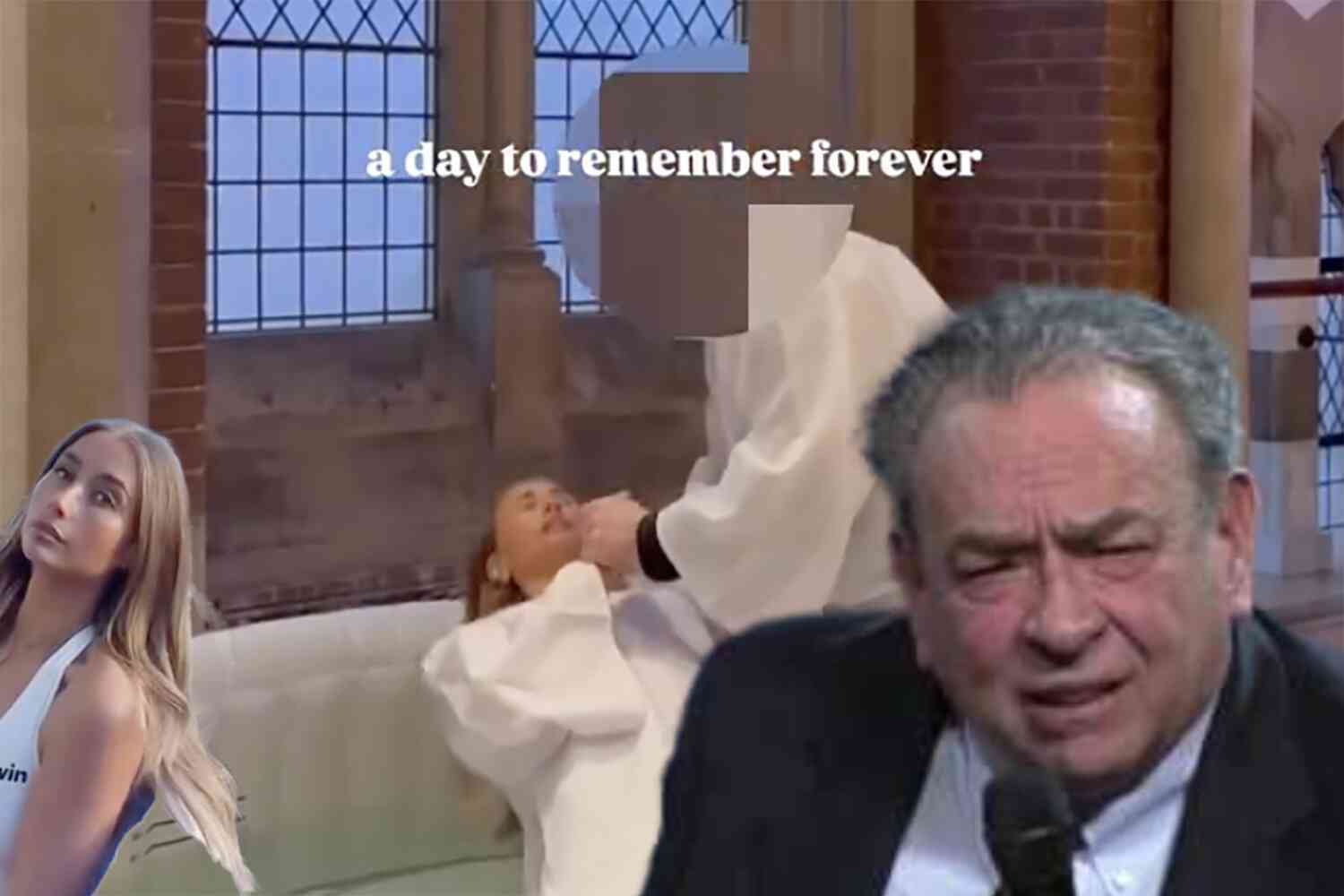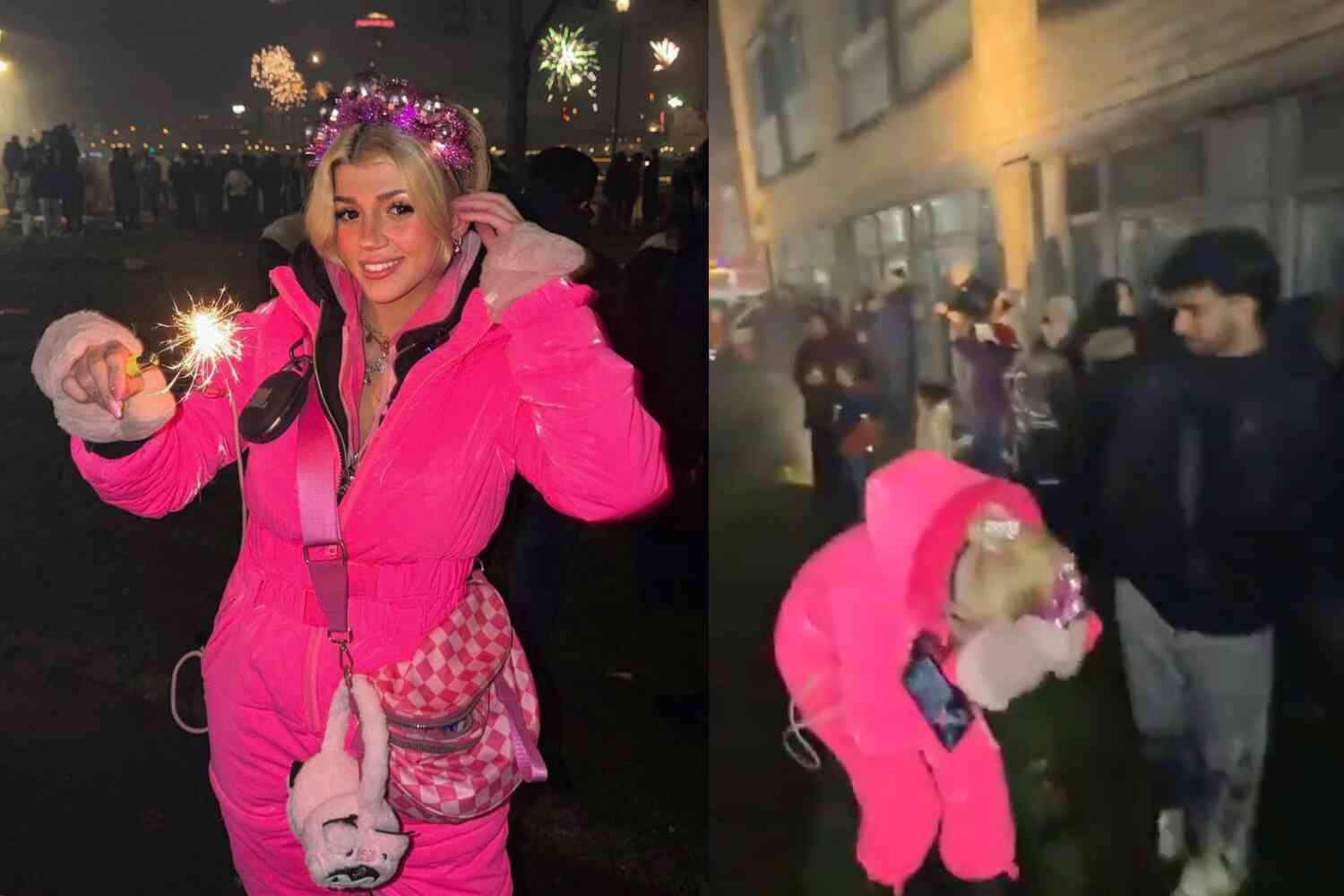Not far from where I live in central Indiana sits one of the most historic high school basketball gymnasiums in the country, the famed "Wigwam," home of the Anderson High School Indians. The school and city are named after Chief William Anderson of the Lenape-Delaware tribe, and the students enjoy the area's elaborate heritage and tradition, celebrating before each home game with elaborate attire and ceremony.
In a story that will surprise precisely no one reading this in 2022, a member of the community with no children in the school system recently complained about the students "culturally appropriating" native culture by performing the customary ritual dance before a recent contest.
Newsweek had the details:
A viral video of a performance during a basketball game at an Indiana high school has viewers disgusted after two students dressed in traditional Native American clothing and danced… "I literally hate Indiana," the on-screen text read as Holba showed a student dressed in a reconstruction of a traditional Native American headdress running across the high school's basketball court…
[Others] defended the performance, stating that there is a deep history in the town and that the school was given "permission" to name the school after Chief Anderson and have their mascot be "The Indian."
"Educate yourself before judging a lifelong tradition from the natives who made Anderson what it is," one user wrote. "It's ok to not understand the tradition."
I became aware of this story just a day after seeing the new "culturally-sensitive" packaging for the iconic Land O'Lakes butter products. After complaints that their iconic logo of a native woman was "racist," the company's CEO announced a new direction that reflected the "foundation and heart of our company culture."
So apparently the foundation and heart of the company is the exact same image as before, just with a Stalin-esque "vanishing" of the indigenous woman.
I know I'm probably going to engender nastiness by asking this earnest question. I know I'm probably going to be accused of being intentionally obtuse or deliberately provocative. I know some will accuse me of simply trying to spark controversy or bask in controversy, but I'm genuinely confused by all this, and truly want to believe that those piloting the USS Grievance we are all aboard have some form of destination other than perpetual outrage. So here goes.
Don't we want inclusion and representation? Isn't that the stated goal?
Aren't we desirous of a society less saturated with "white culture" and one where references to the "less seen" among us become common?
If so, how is chasing the imagery of all other minorities and non-white entities from our product branding, sports teams, school mascots, songs, books, and vernacular language going to produce a less "white," more inclusive society?
How does the removal of the Land O'Lakes warrior princess help us achieve our goals? I'm legitimately asking. Is the fear of her image that it is exploitative? If so, how is that happening with butter as the product?
Is it a name-image-likeness issue? Are the complaints that Land O'Lakes is profiting off of all those buying the butter because they want to support native people, without them knowing that Land O'Lakes is run by white folks and native tribes see none of that money?
Clearly the image itself wasn't offensive. This wasn't Major League Baseball's Cleveland Indians (now "Cleveland Guardians") mascot, Chief Wahoo, after all. While he was a beloved character for nearly four decades, the face was bright red, the features exaggerated, and he was a caricature. The Land O'Lakes woman was none of those things. She wasn't a satirical rendering or an exaggerated caricature. I'm no expert, of course, but to my eye she was a regal and proud character.
So, seriously, somebody help me out with this. How are we or the memory and appreciation of native populations better served if there are no Braves, no Apaches, no Tiger Lily in Disney World's Peter Pan, no Wigwams? How is ours becoming a more inclusive society if every place where references to proud indigenous people once existed, there now stands bland, white-washed "Guardians," "Commanders," and barren landscapes?
P.S. Now check out our latest video 👇
Disclaimer: The opinions expressed in this article are those of the author and do not necessarily reflect the opinions of Not the Bee or any of its affiliates.




